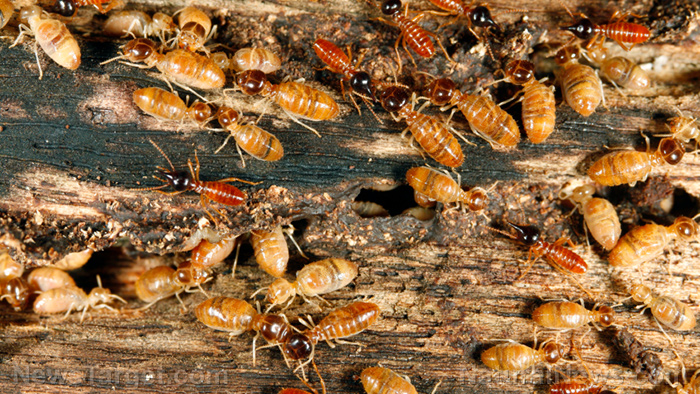
Lime sulfur — toxicity, side effects, diseases and environmental impacts
Saturday, November 18, 2017 by Rhonda Johansson
http://www.naturalpedia.com/lime-sulphur-toxicity-side-effects-diseases-and-environmental-impacts.html

For as long as there have been crops, there have been pests that love to gnaw on them. Farmers have tried — in an almost Sisyphean task — to reduce or control the amount of insects, mites, and fungi that attack their fields. One of the more popular solutions used by farmers of old was lime sulfur, which is produced by boiling lime and sulfur together. The chemical process produces reactives called calcium polysulfides which are the main ingredients of this insecticide, miticide, and fungicide. Today, lime sulfur is still used in smaller fields, although it is no longer used in commercial farms.
Lime sulfur is touted to be particularly effective against mites due to its ovicidal activity or its ability to kill insect and mite eggs. However, lime sulfur has seen a decline in popularity due to the extensiveness of its application. Calcium polysulfides are only effective when placed in total contact with leaves. As such, thorough coverage of all plant parts is necessary to control insect and mite populations. This may be too tiresome and cumbersome for farmers who have larger fields.
Commercial products of lime sulfur are required to have a “Danger” warning slapped on them. There are farmers who still prefer to use lime sulfur because it is more organic than traditional pesticides. In fact, several naturalist websites list down recipes on how to make one’s own lime sulfur formulation.
List of known side effects
Because most people who use lime sulfur make it themselves, there is a higher risk of infection, contamination, and/or poisoning. Incorrect manufacturing can produce a material that is highly corrosive to the skin. It is typical for impure lime sulfur formulations to cause chemical burns which are severe. Similarly, a wrongly-made vat can burn off eye tissue and cause membrane irritation with corneal damage.
Lime sulfur can irritate the respiratory tract if inhaled. People will immediately experience a tightness of the chest and have difficulties breathing. This should be alleviated once the person is exposed to fresh air.
You can die if you eat lime sulfur. The material decomposes in the digestive tract and releases sulfur and hydrogen sulfide (H2S). This, in turn, causes a person to experience very painful headaches, suffer from nausea, drowsiness, and begin to convulse. If left untreated, it is likely that the person will enter into a state of cyanosis and die due to respiratory paralysis.
Body systems harmed by lime sulfur
Lime sulfur is not meant to come into contact with the human body in any way.
If it is inhaled, it will damage the respiratory tract.
Direct contact to it will harm the skin and eyes.
Items that can contain lime sulfur
You can find lime sulfur in some commercial pesticides.
For the most part, however, lime sulfur will be found in anything that you slather it on after making a concoction for yourself.
How to avoid lime sulfur
This is incredibly simple. If you are worried about the negative effects of lime sulfur, do not make it. Do not use the product, if buying commercially.
Where to learn more
- Don’t eat it if you cannot stop. Eat Carob instead!
- Antibiotic use on organic apples and pears proves unnecessary — Here’s how to end the madness and protect yourself
- Fire blight: Yeast and copper sprays provide organic alternative to soon-to-be banned chemical antibiotics
- Chemicals.news
- Pesticides.news
Summary
Lime sulfur’s active ingredient is calcium polysulfides which are effective against mites, and certain insects and fungi. It is still being used today in smaller farms, mainly due to the fact that organic farmers prefer this pesticide compared to commercially-made products. That being said, lime sulfur is highly corrosive to the skin and can cause death if eaten.
Sources include:
Tagged Under: Tags: lime sulfur






